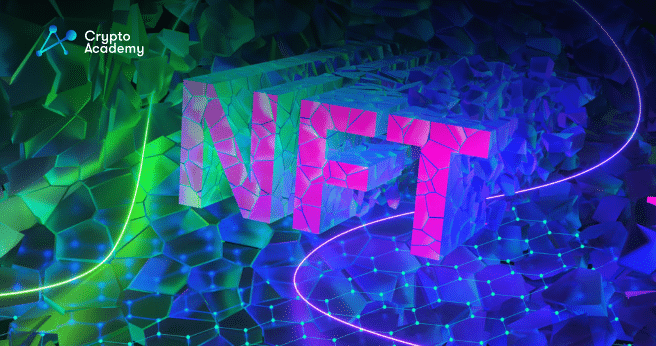Despite declining NFT trading volumes, the increasing number of transactions and active traders signifies a shift in market dynamics.
Non-fungible tokens (NFTs), known for their ability to provide proof of uniqueness and ownership in the digital world, have seen a fascinating shift in trading trends, a recent report by DappRadar reveals. Trading volumes are trending downwards, expected to drop below $1 billion for the first time this year, in May 2023. However, that’s not the complete picture. The count of NFT transactions and the number of active traders continue to rise, indicating a marked shift in market behaviors.
Understanding the NFT Market Dynamics
NFT trading volume for May 2023 has touched $333 million so far, suggesting a dip in trading volumes compared to the previous months. Contrary to this, the number of transactions seems to be increasing, with 2.3 million sales executed in the month already. This dichotomy indicates a possible increase in the number of NFT traders making smaller trades.
Further supporting this theory is the 27% rise in the number of unique active wallets interacting with NFTs in May. NFT activities related to the Miladys collection and the profits from the PEPE token can be attributed to this surge. Both these events significantly boosted on-chain activity, leading to an increase in Ethereum’s gas fees.
Blockchains and NFT: Where the Activity Is
Ethereum maintains its leadership in the NFT market with the highest trading volume. However, other blockchains, notably Solana and Polygon, have recorded a higher number of NFT sales. According to DappRadar’s report, 26.9% of NFT transactions took place on Polygon, with Solana hosting 13% of the sales.
These numbers imply a shift in the traditional blockchain hierarchy when it comes to NFT transactions. Ethereum, often the go-to platform for NFTs, accounts for only 5.7% of NFT transactions. This suggests that Ethereum is primarily being utilized for large volume trades, making it the preferred choice for high-profile NFT traders.
Battle for NFT Marketplace Supremacy
The rivalry between Blur and OpenSea for the top spot in the NFT marketplace continues. Blur has seen significant trading volumes in May, totaling around $181 million. This impressive performance is primarily due to the launch of their Season 2 rewards campaign and their new lending protocol, Blend. OpenSea, however, is not far behind and holds sway over a larger pool of active NFT traders. This indicates that while Blur may have the edge in terms of trading volume, OpenSea still dominates in terms of user base.
Debating the Importance of Trading Volume
Despite a fall in trading volumes, their significance in gauging NFT market success remains. However, DappRadar’s blockchain analyst cautions about potential market manipulation. Activities like wash trading by collectors seeking rewards on platforms like Blur could skew the actual trading volumes.
Blur, catering primarily to professional traders who engage in high-value trades, does not stress much about the number of active traders. They focus on drawing in large amounts of money, rather than increasing the user base.
Context Is Key in Evaluating Trading Volumes
While trading volume can provide insights into the amount of money moving through the NFT market, considering it in isolation may not paint an accurate picture. For instance, during a bull market, high trading volumes can indicate enthusiasm and potential profits. However, if trading volumes are down but transaction counts are up, it indicates a change in trader behavior, not necessarily a decline in the market.
Moreover, the type of NFT also plays a role in interpreting trading volume. The sale of land parcels across metaverse platforms should be analyzed differently from sales of art-based NFT collections.
Bitcoin Frogs: The Rising Star in the NFT Market
Bitcoin Frogs, an NFT collection fashioned after frogs, has quickly risen to become the most traded collection in the past 24 hours. Despite launching as recently as February on Bitcoin Ordinals, its trading volume has already surpassed $2.2 million. Each NFT in the collection is being sold for 0.12 bitcoin (BTC), or over $3,200, outperforming prominent collections like Bored Apes.
The surge in Bitcoin-based NFTs is linked to the launch of the Ordinals Protocol earlier this year. This new protocol allows users to embed data onto the Bitcoin blockchain, leading to a dramatic rise in the use of Bitcoin for NFT transactions.
In conclusion, while NFT trading volumes are taking a dip, the rising number of transactions and active traders indicate a shift in the market, rather than a downturn. How these trends will shape the future of the NFT market will be intriguing to watch.

